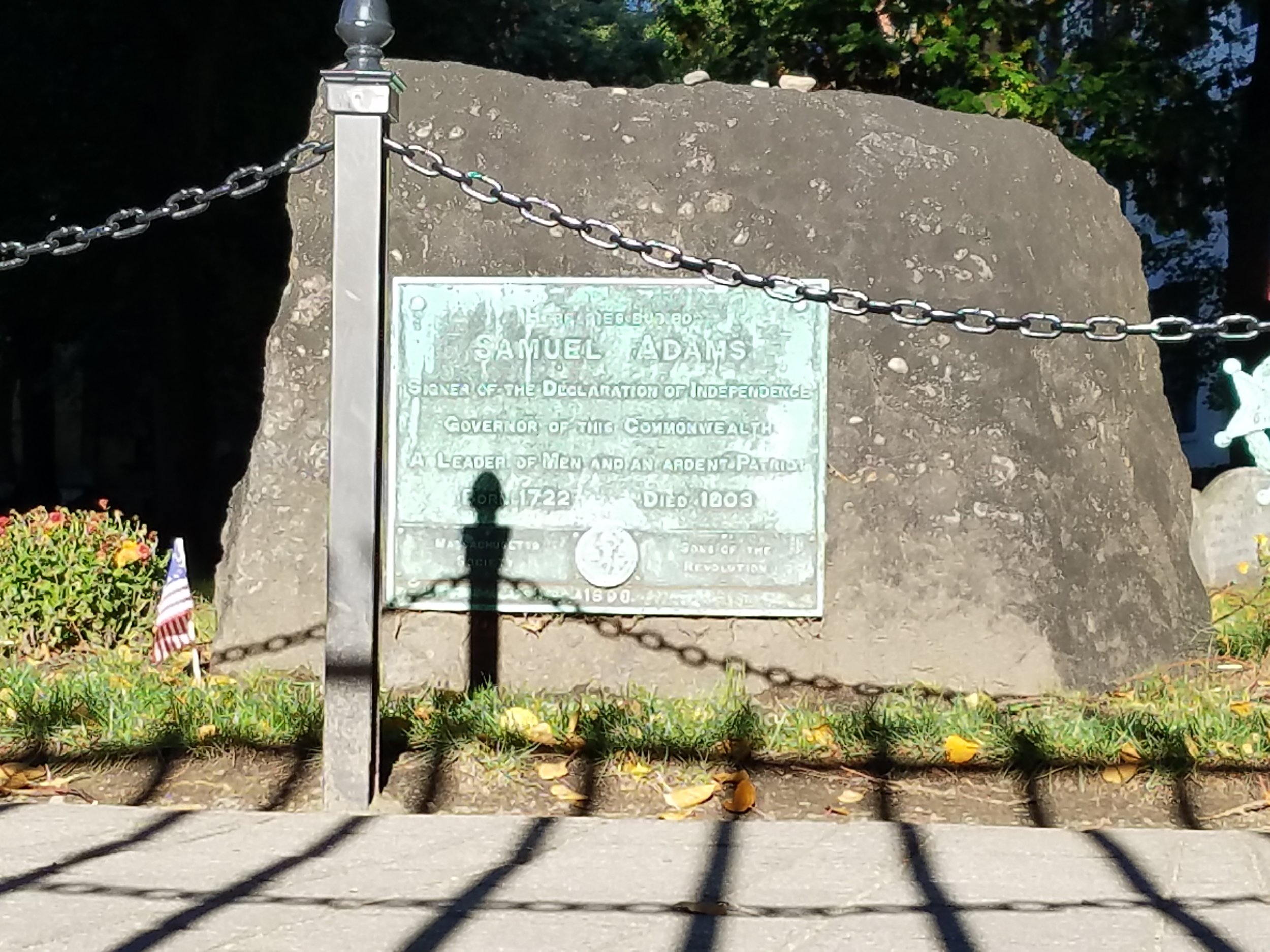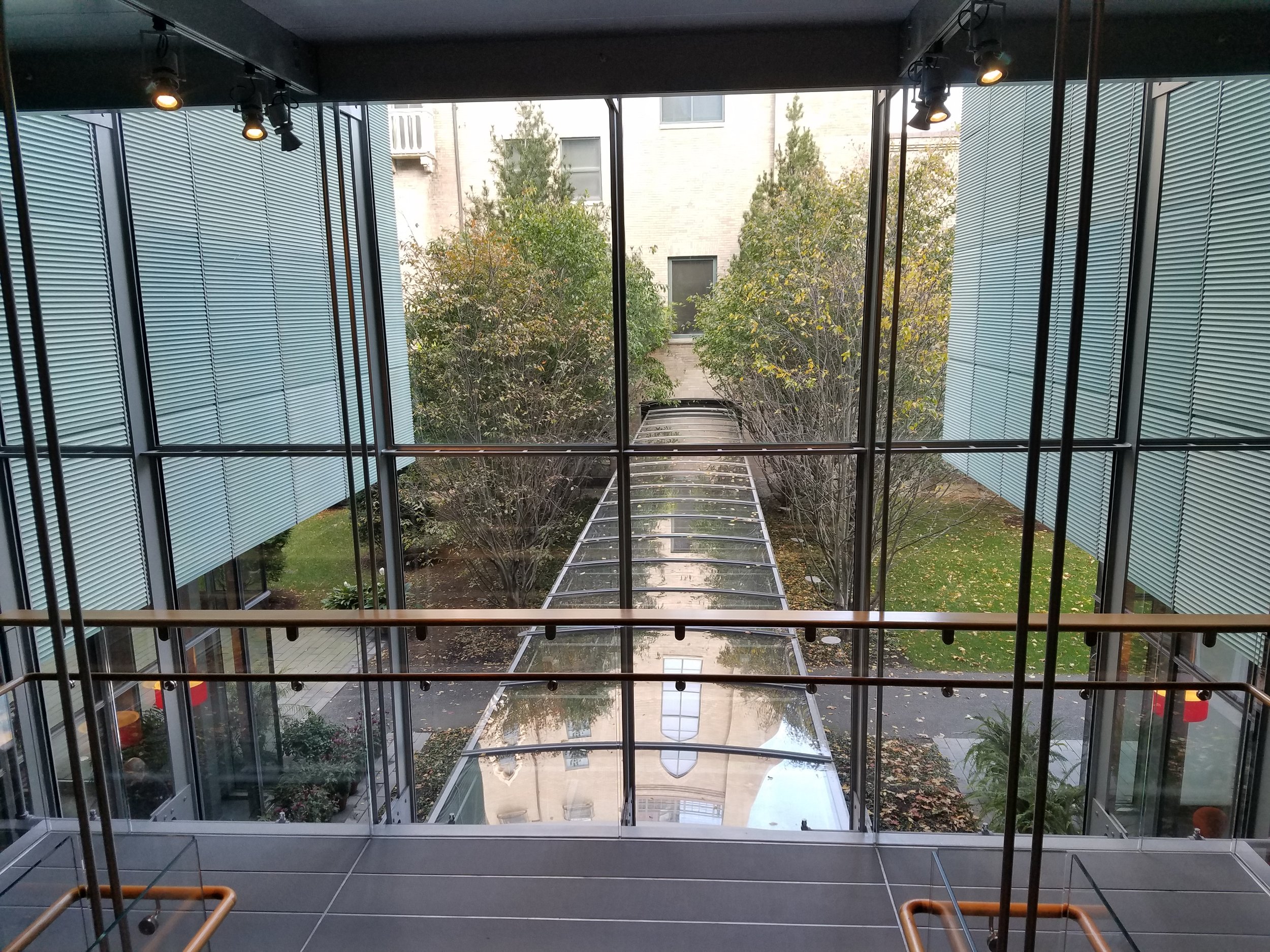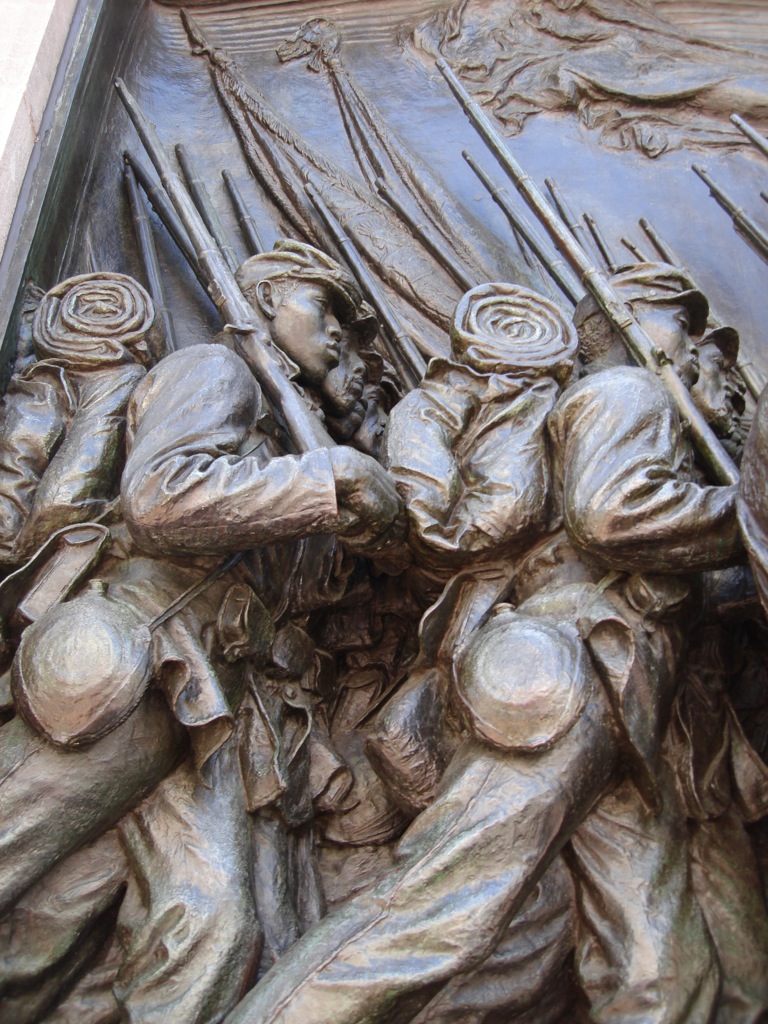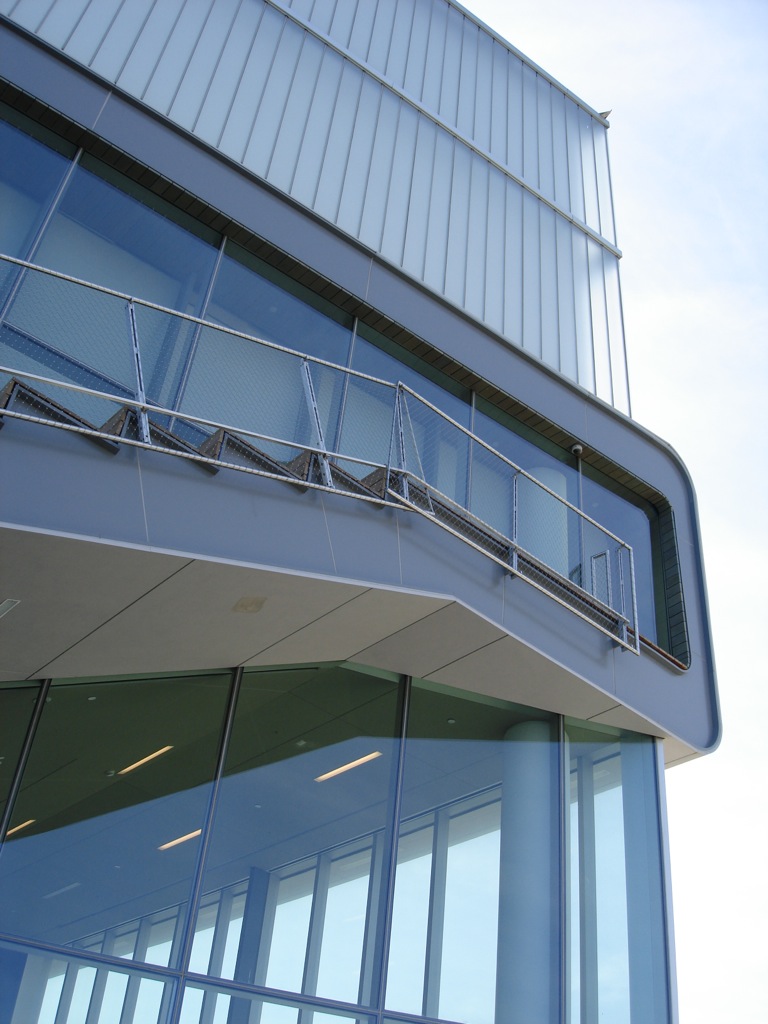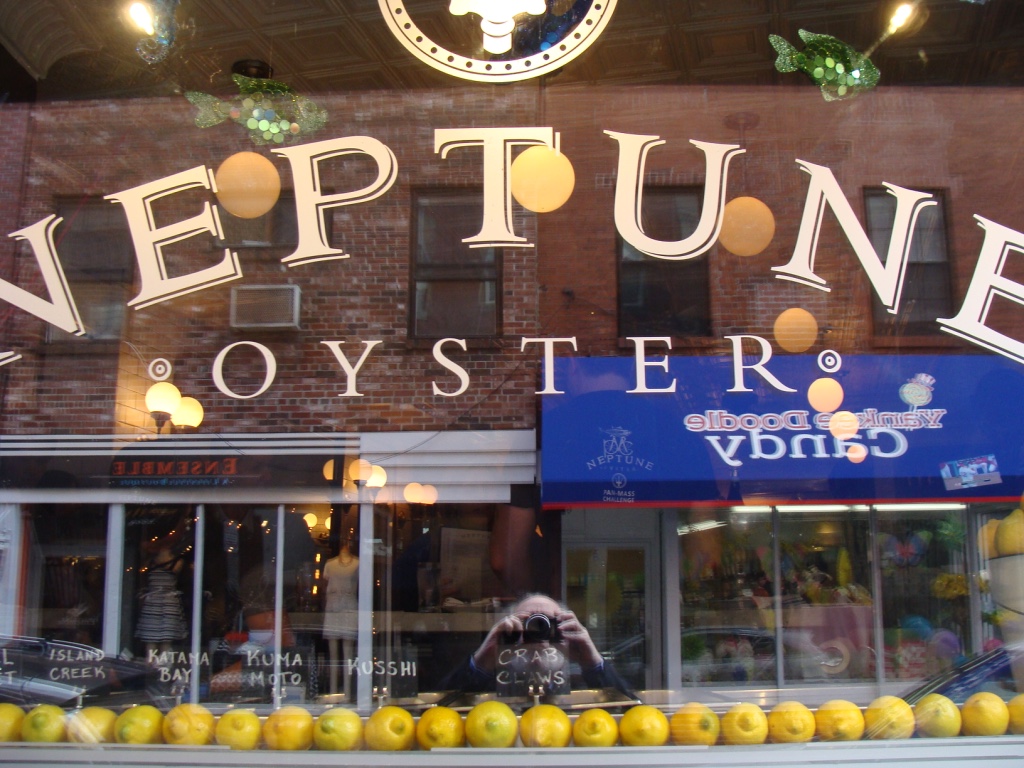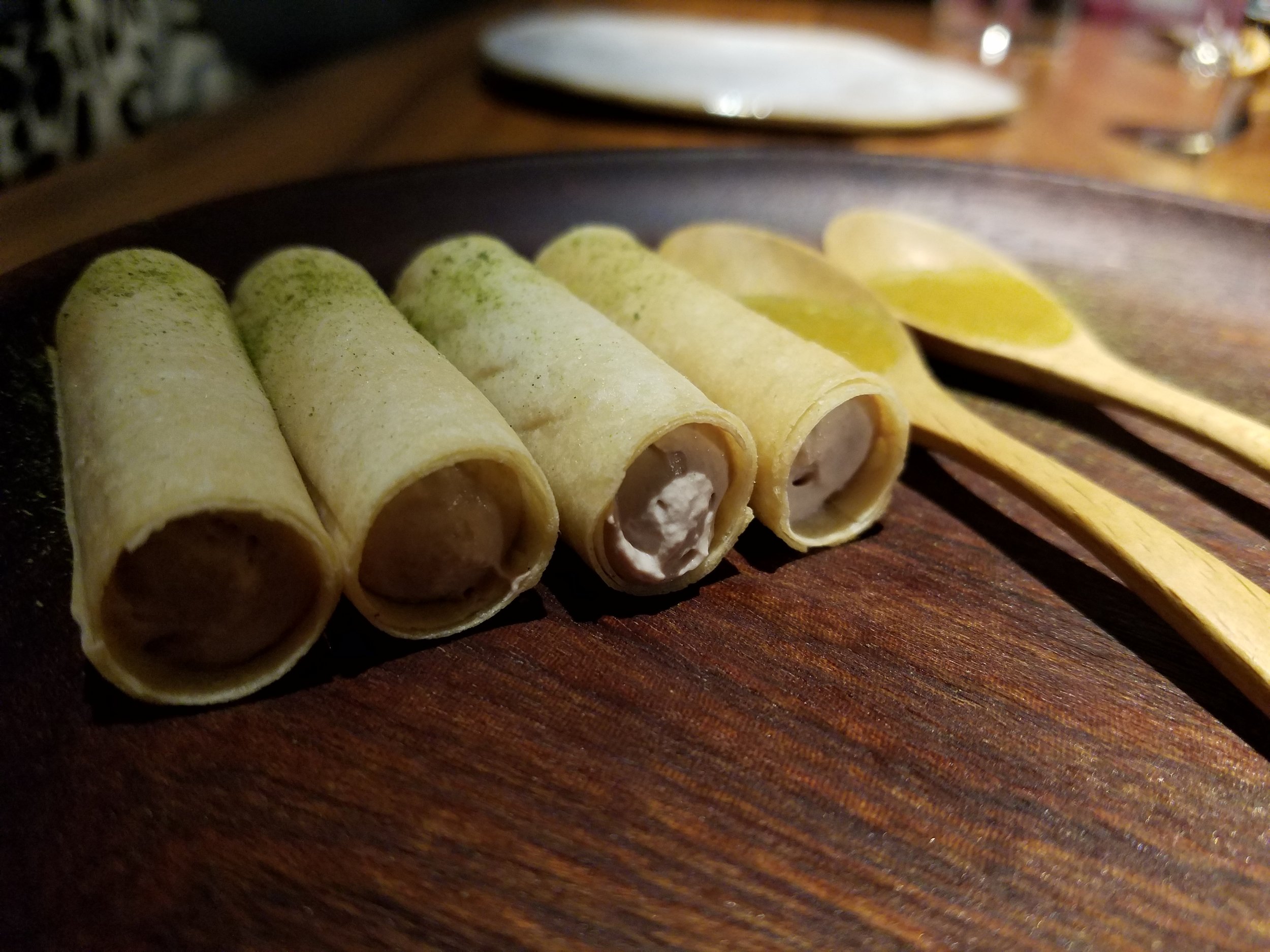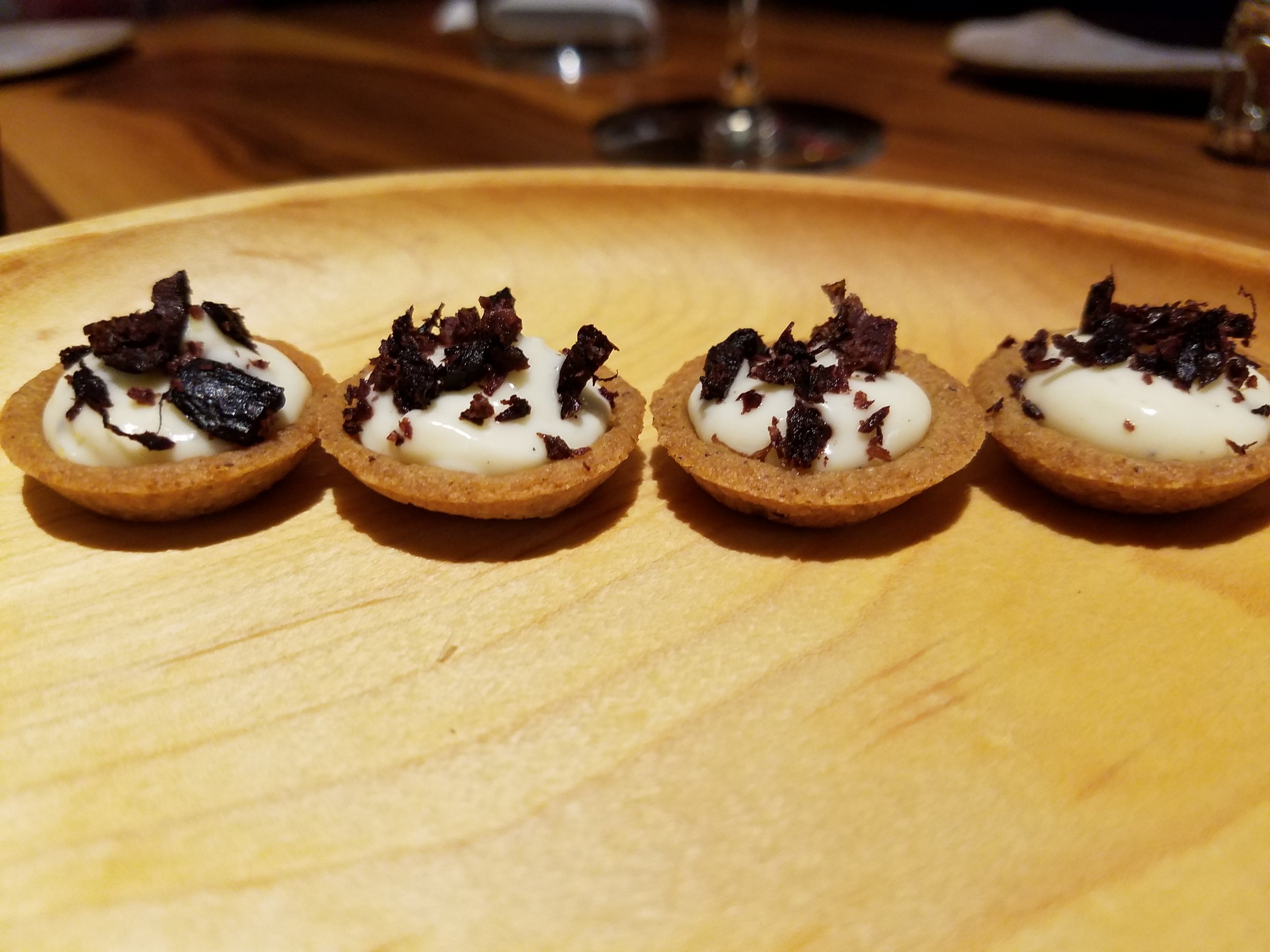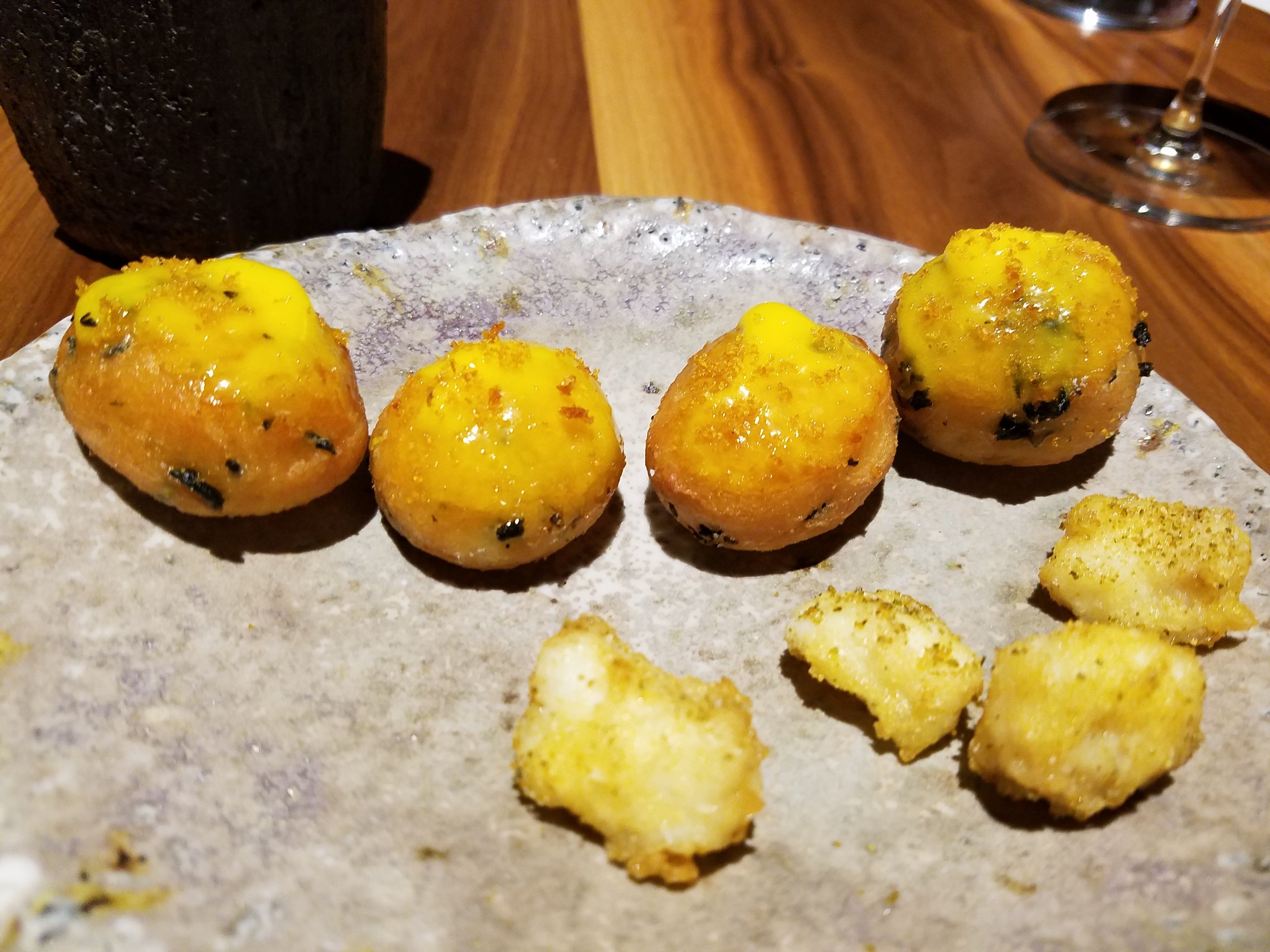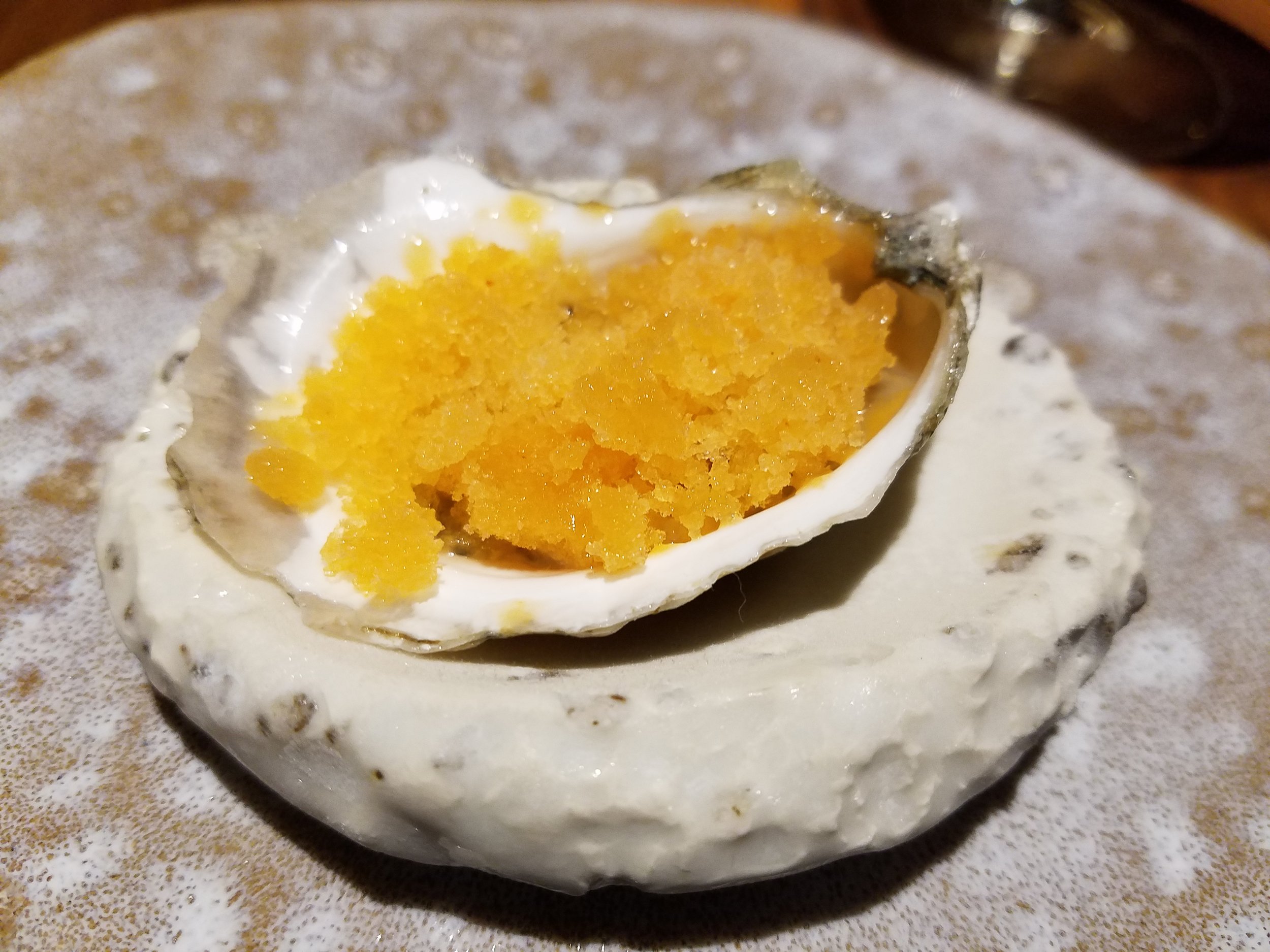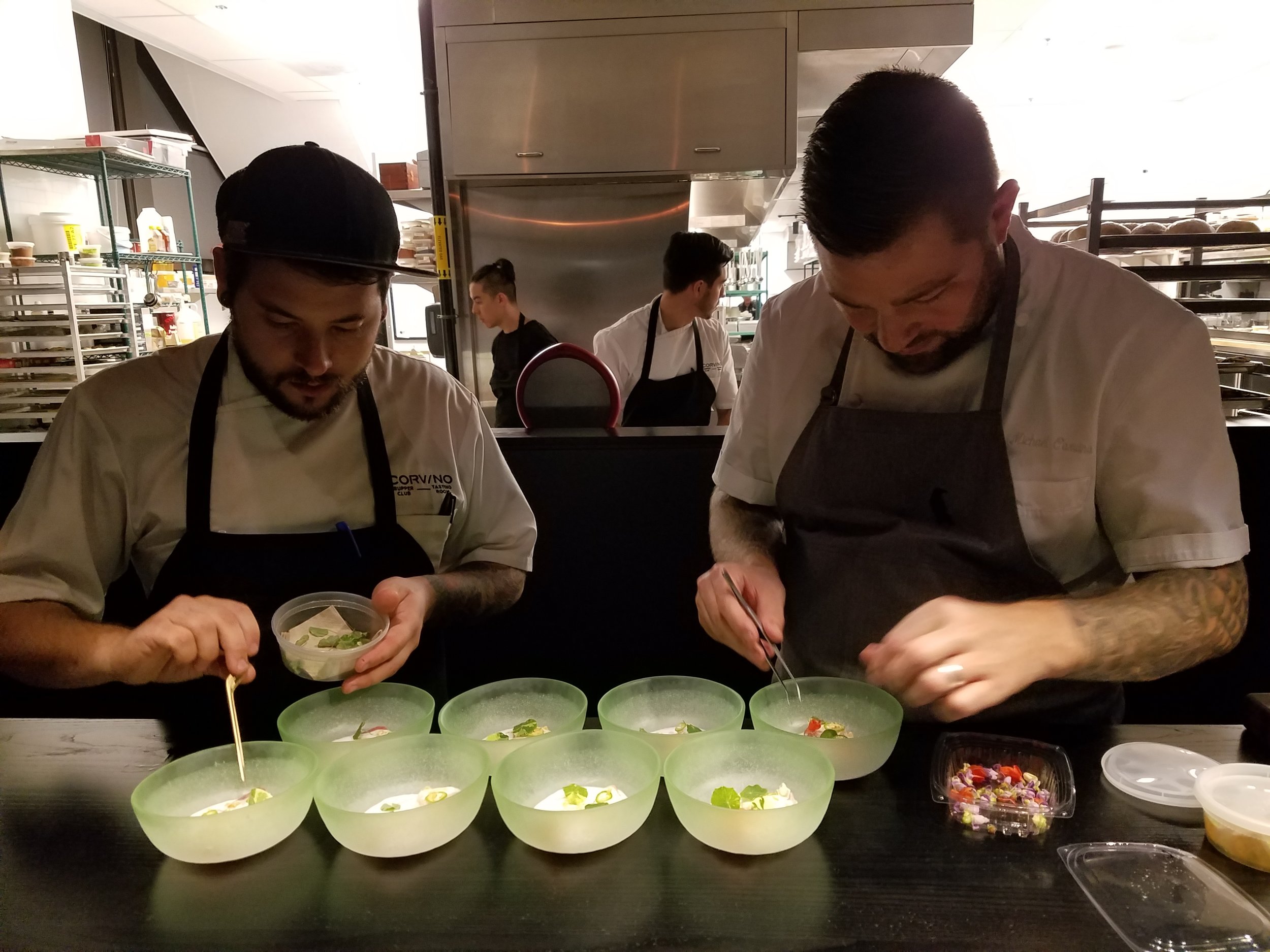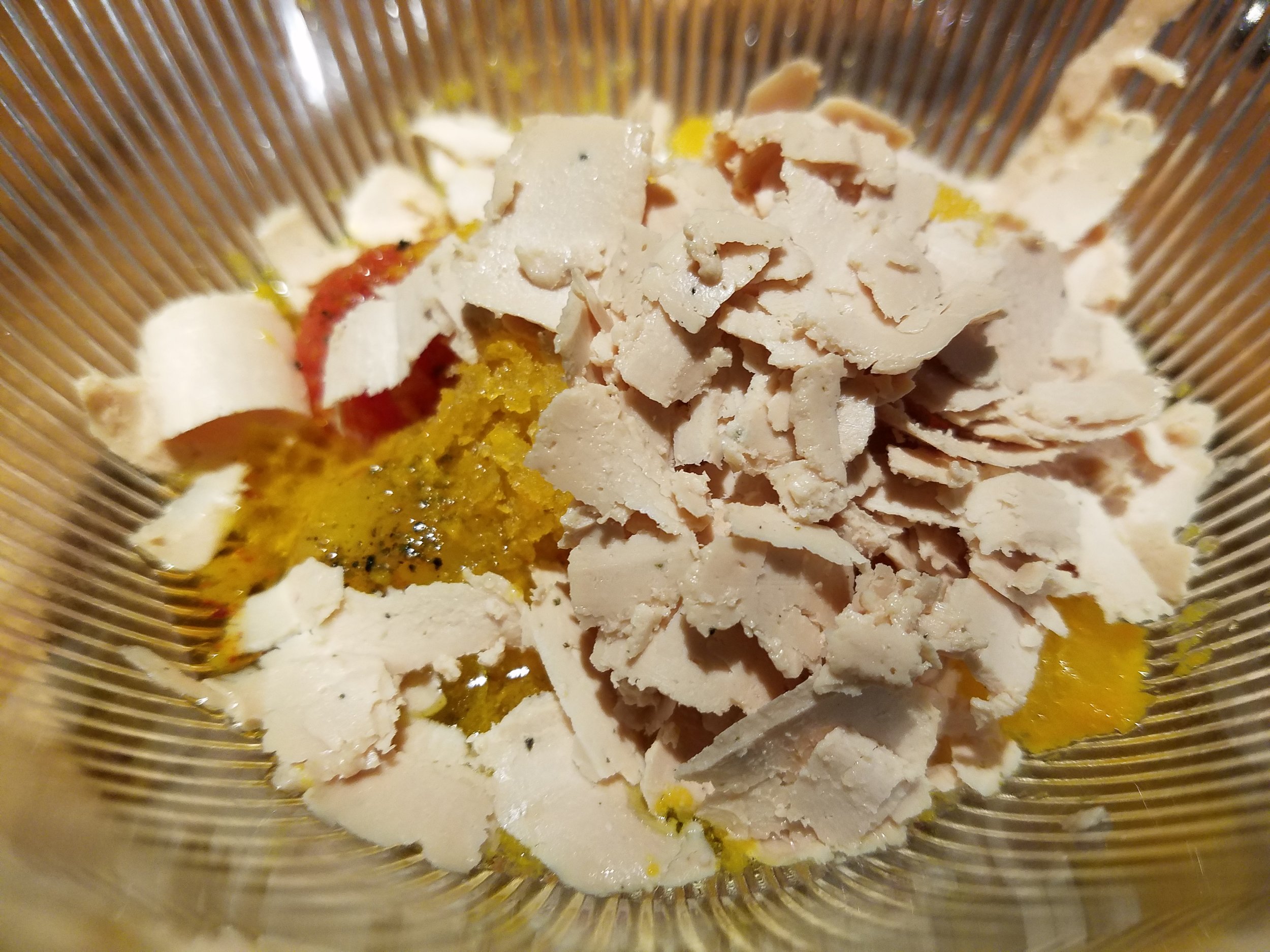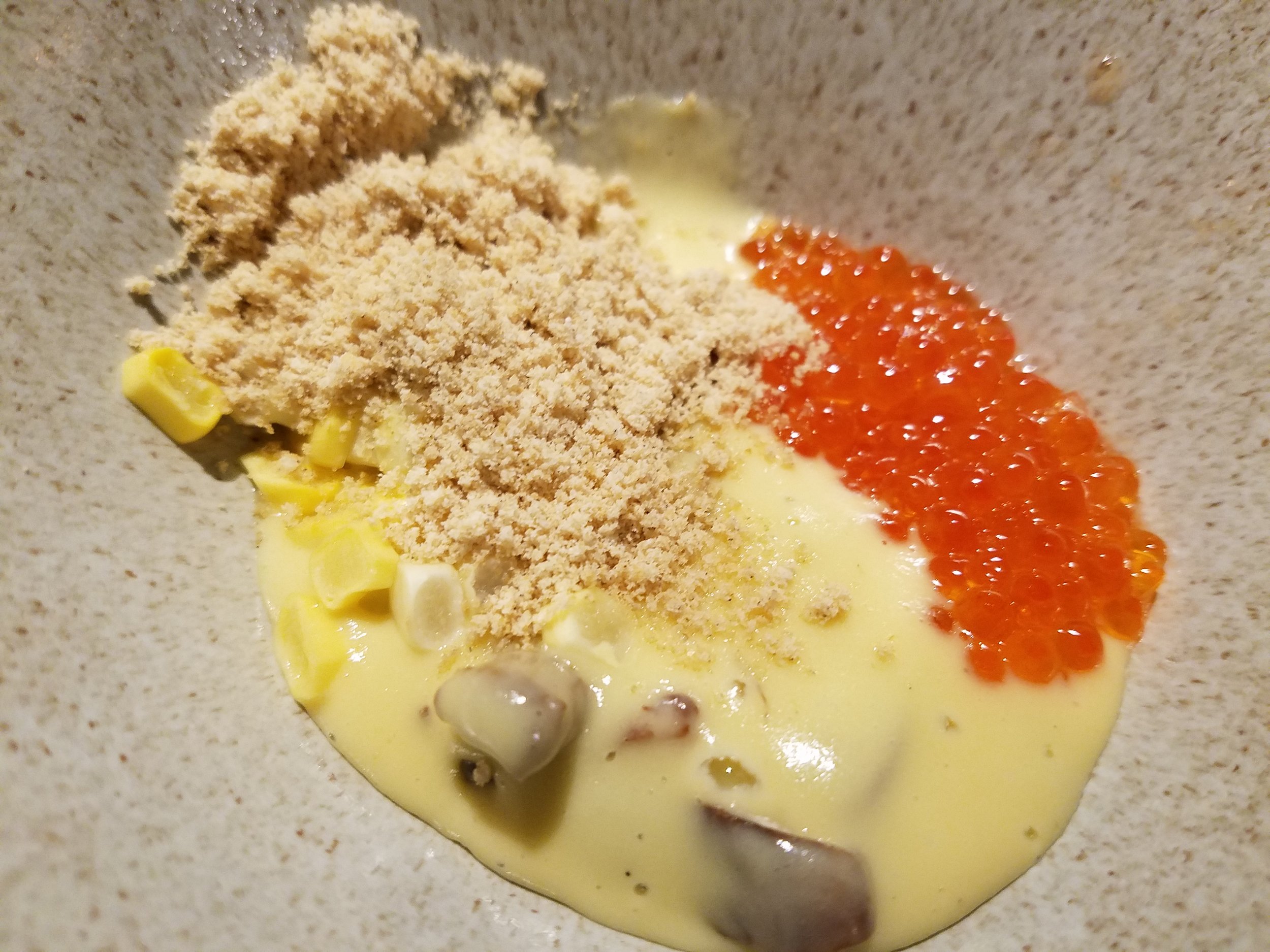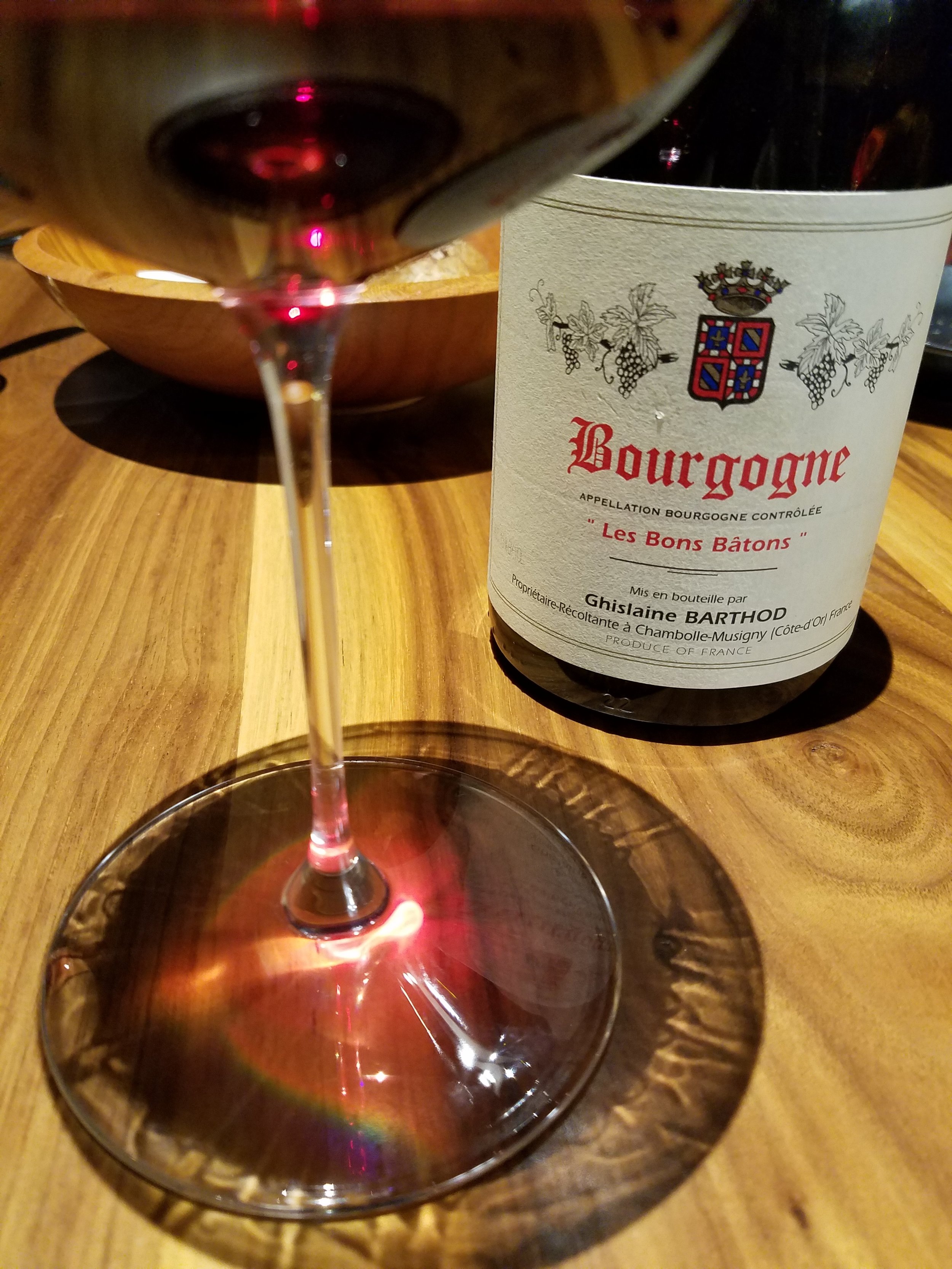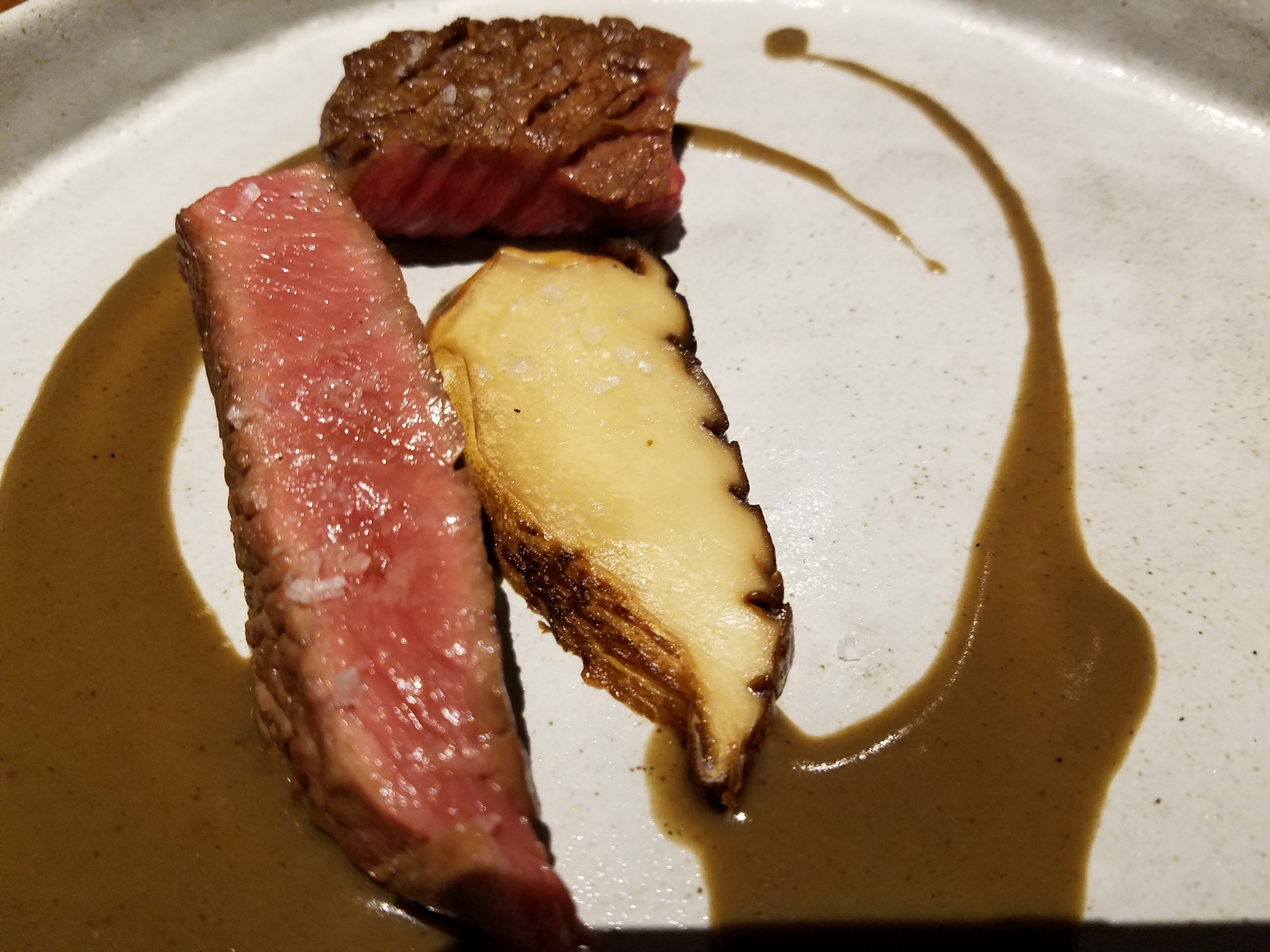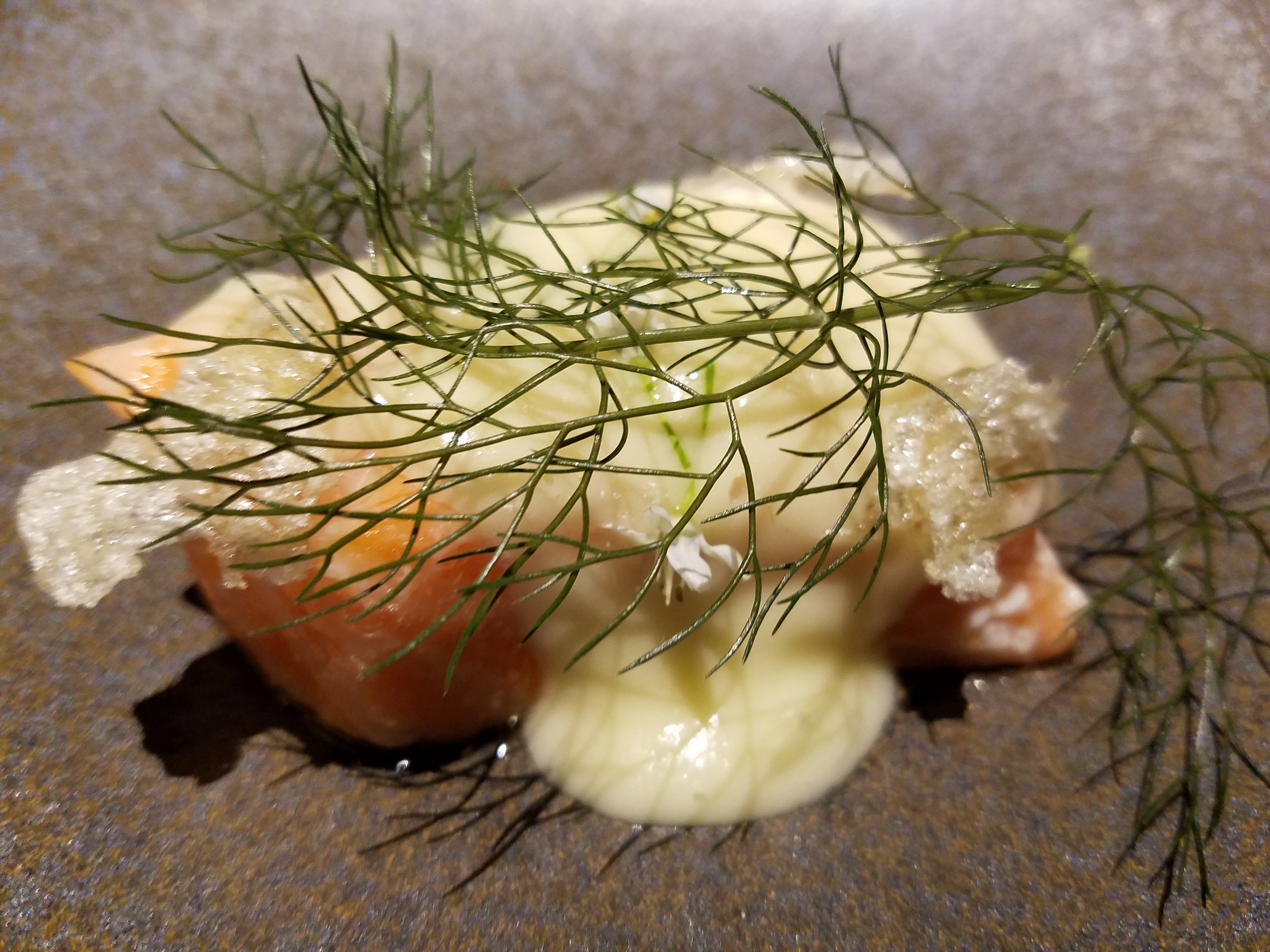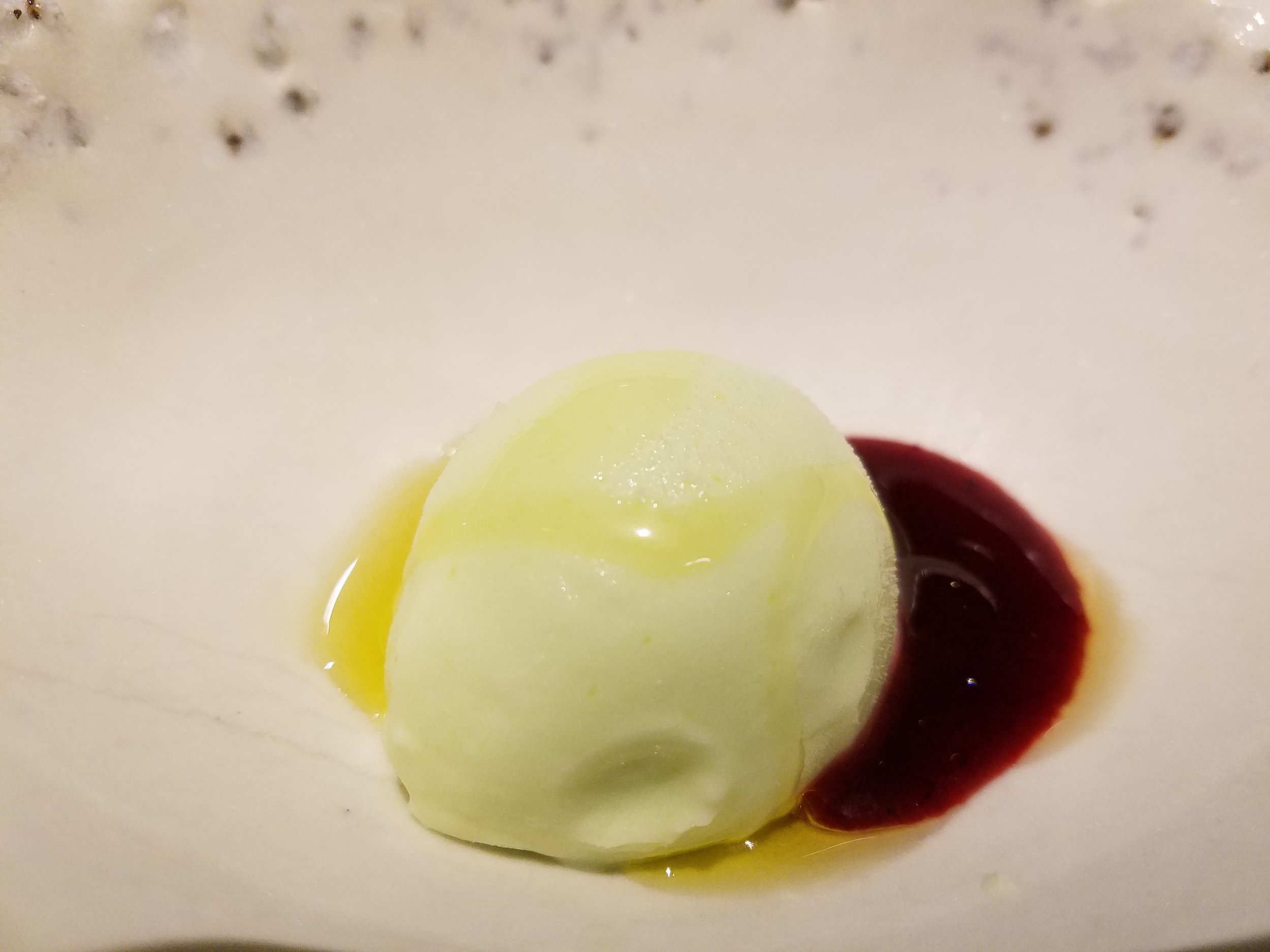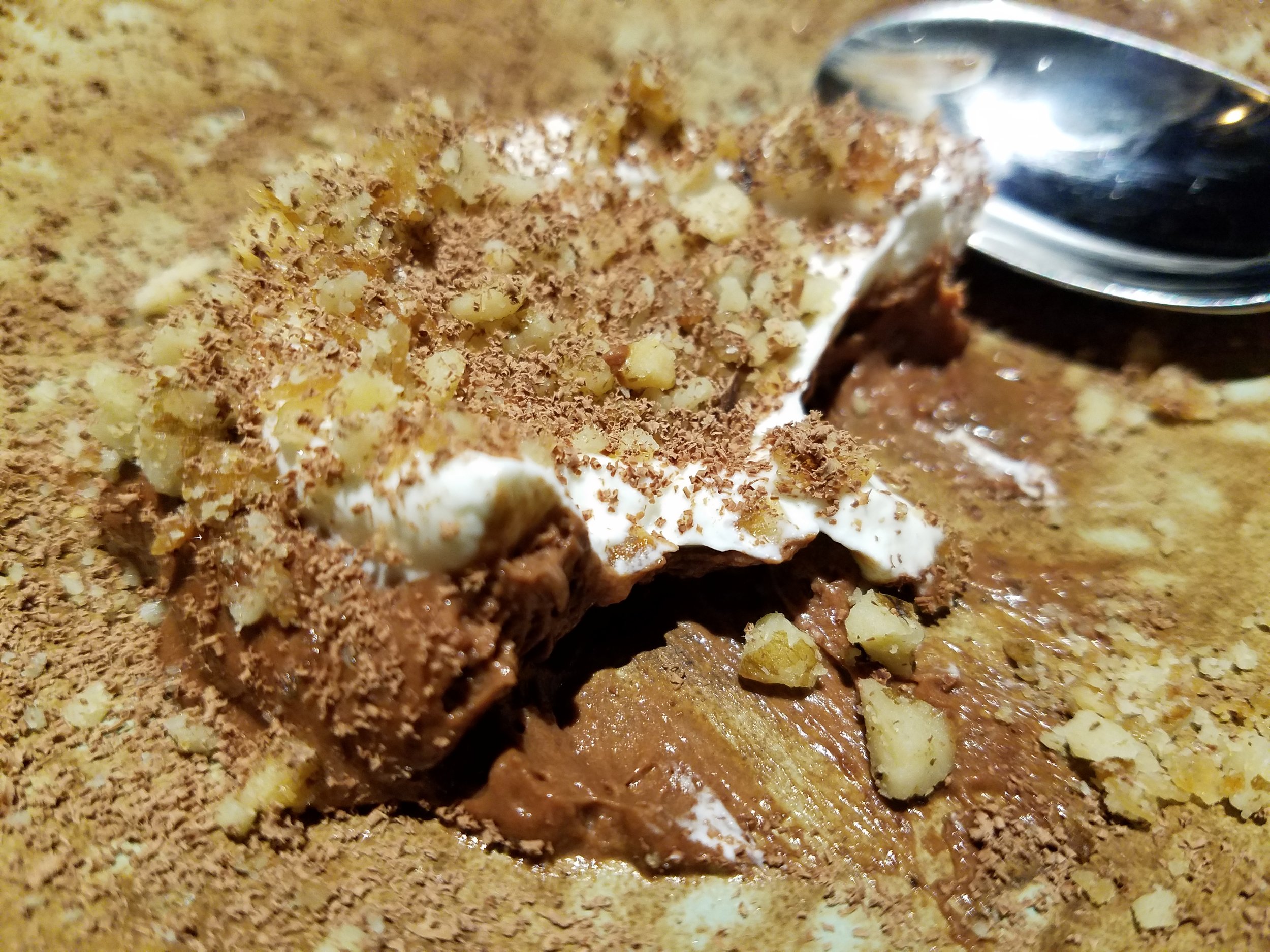After a long week’s journey to Istanbul and the Cappadocia region, I’ve been sorting photographs and diving into my notebooks to pull together some mostly coherent impressions. What I’m posting here still seems raw and incomplete, but I hope it captures some of the essence. I’ll also be posting selected pictures at this site’s photography page, Available Light and Shadow.
All content is (c) Steve Paul, 2024.
6 October 2024, Istanbul
We spent an extended week in Turkey, bookended by a long day of travel to get there and two long days of travel coming home.
I hadn’t really focused on how enormous a city Istanbul had become. Current estimates of 20 million people are common, though we heard numbers even higher. The population may have swelled in the aftermath of two earthquakes that ravaged several central cities of the country in 2023. The subsequent migration and infrastructure damage has led to a painful economic crisis marked by rampaging inflation, though it was hard to see how that was playing out in daily life of the city from our limited, tourist perspectives. What we saw was a bustling, crowded place, with pockets of modest or impoverished dwellings punctuated with new construction, renovation, and what felt like tourism-driven abundance.
Blue Mosque
Our hotel, the Ottoman-inspired Armada, was in the Sultanahmet district, just a 10-minute walk from some of the most historic and popular sites, including the Hagia Sofia, the Blue Mosque, and the Basilica Cistern. It was another 10 minutes on foot to the Grand Bazaar. Because we arrived in the late afternoon, our opening itinerary included a rooftop reception and dinner. After some intermittent raindrops, the evening unfolded nicely, and we dined on a typically fabulous spread of small plates (meze) and sweets. Overlooking the terrace was the Blue Mosque, which was bathed in white and violet lights.
Because we were a group of musicians and music aficionados, we were treated to a mini-concert by a quartet of Turkish musicians, which helped set an important tone and thread of our visit.
Our welcoming band.
7 October, Istanbul
I know it’s impossible for a traveler to parachute into a country and even try to get a handle on its character. Perhaps because our friends who arranged the journey had much experience and many connections, our days here were filled with congeniality, not too many travel hassles, and many pleasant surprises. And perfect weather, too.
One guiding thought I had in mind wherever we went in Turkey was the writer Orhan Pamuk’s description of his country and his native Istanbul as an “ever-evolving mirage.”
A few random street scenes here:
***
View from the Bosphorus.
Getting to know Istanbul almost has to begin with the Bosphorus. It’s the physical and metaphorical axis that defines this vast city’s place in the world. It separates East from West, Europe from Asia. It’s part of the nexus of commerce and trade that has connected (and divided) so many cultures over the centuries. Our group had a choice opportunity to experience the Bosphorus on a private boat tour, complete with food and wine and glorious late afternoon breezes. We had views of historic palaces, of the famed Galata Bridge, of so much of the vibrant waterfront even despite the presence of rather monstrous-scale cruise ships—two more in addition to the Queen Victoria.
Cruising on the water as the sun was setting and the moon rising was a visual and visceral high point of our journey.
8 October, Istanbul
Our travel priorities always include what we can find in the visual arts, and we were quite taken with Istanbul’s relatively new Museum of Modern Art. The privately funded non-profit institution is a decade old, but it reopened just last year (2023) in a crisp and bright new building by the architect Renzo Piano.
A featured exhibit while we were there was by Olafur Eliasson, whose work I’ve long admired. He’s a sculptor of light and color, of metal and wood, of glass and optical illusions. I’d like to go in-depth about the exhibit, but will save some of that for later. Eliasson’s major concerns over environmental decay and climate change result in works that are both in your face and subtly melancholic.
Olafur Eliasson
Elsewhere in the museum we walked through the permanent exhibit of artists we were wholly unfamiliar with. But we were struck by the presence of significant forays into abstract expressionism, particularly by one or more female artists.
I’ve got very mixed feelings about AI developments in the cultural and creative world. But it’s hard to deny the entertaining visual appeal of the work being made by Rafik Anadol, a Turkish-American artist with a global practice. Like many people, I first encountered his super-sized, liquid-like wall extravaganza at the Museum of Modern Art, which transformed meta-data of the museum’s entire collection into a mesmerizing psychedelic experience. We happened to catch another Anadol production this summer, a special room-sized immersion at the Antoni Gaudí Casa Battlö in Barcelona. Now comes his pulsating immersion room at the Istanbul Modern, a piece that reflects and honors the Bosphorus. Blue and white tones cascade through the room like hyper-inflated waves. Mirrored floor and ceiling surfaces expand the effect all round you.
Walking out of one gallery and into a hallway I couldn’t help but notice a strange sight outside a wall of windows. It was a section of the Queen Victoria cruise ship, docked right there on the Bosphorus, within spitting distance of the museum. The geometric array of the giant craft’s cabins and rails made for an instant snapshot, a grand artistic gesture as if the slice of reality were hanging hugely on the museum walls (below).
***
Ezgi Karakus joins the musical enthusiasm at our group dinner.
An evening of fun, frivolity and fabulous food unfolded at the Hos Seda Balik Restaurant. After mounds of meze, a whole fish, and tastes of red Turkish wine, the long table erupted in music. And some spontaneous dancing.
9 October 2024, Istanbul
In preparation for the Turkey journey I poked around online to scout jazz clubs in Istanbul in hopes of finding a destination for one of our group’s unscheduled nights. Lo and behold, Istanbul’s Akbank Jazz Festival would be well under way offering numerous opportunities coinciding with our days there. Among the options was a concert featuring the American bassist Jamaaladeen Tacuma, whose funk-infused music I hadn’t heard for some years (decades). I was intrigued by the possibility of hearing him in the context of Turkish fusion, as he was appearing with a band led by the percussionst Burhan Öçal. I didn’t know of Öçal, but I came away bowled over and eager to hear more from him.
Turns out this concert was something of a reunion of sorts, given that Tacuma had recorded an album with Öçal a quarter-century ago (“Groove alla Turka,” 1998). The show even began with a big-screen projection of some documentary footage of that recording session. And it also was presented as a memorial tribute to another Turkish jazz hero, Mehmet Ulug, who died in 2013 and is remembered at this festival every year.
Guest rapper Gazapizm
The scene: Babylon, a large, standing-only concert space within what seems like an extremely vibrant arts center and cultural complex. In planning for the evening out, I couldn’t figure out from Google Maps where our group of eight jazzers could eat nearby beforehand, so we opted for a fine spot (details on this elsewhere) near our hotel and then cabbed over to find Babylon. When we got there, we discovered that an open-air plaza outside the joint was filled with festive restaurants and people, so that was a lesson learned. (Next time in Istanbul!)
The upshot was a high-energy concert, with eight or more players on stage, including horns, keyboards, violin, various percussion. The opening tune was “Nihavend Longa,” which dates back to “Groove Alla Turka.” (I found it on Tidal, though it’s likely available on other streaming services.) As an opener it highlighted an attractive blend of eastern and western jazz sounds. My experience might be somewhat limited, but this and other tunes on the set-list connected me with a memory of discovering the Lebanese-Parisian jazz fusion of Toufic Farroukh on a trip to Europe in 2002 (see Farroukh’s terrific album “Drab-Zeen”).
Tacuma introduced one tune with a plea for peace, kindness, and love, which was met with great applause. Called “Rahima,” it’s a gentle ballad named for Tacuma’s wife.
Toward the end of the set, the band was joined by a highly popular rapper named Gazapizm, who added an unexpected layer of vocalism to the proceedings. Another singer, whose name escaped me, joined to whip up more emotional vibes, helped close the concert.
We were deep in the crowd (not conducive to decent photos or video), and I was struck by the overwhelming youth of the audience. Not sure that we’d see quite so many young folks at a similar jazz concert in the U.S. Carol, my partner, not exactly a jazz fan, said she really enjoyed the show.
While back-filling for details, I found this link to an NPR show from not long ago featuring Tacuma, which is worth a listen (see link below photo).
Burhan Öçal, Jamaaladeen Tacuma, and a guest singer whose name I didn’t catch. At Babylon.
A Food Interlude
To discover the joys of Turkish cuisine is to recognize its close relationship to Greek and Middle Eastern foods. We enjoyed ubiquitous variations on hummus, baba ghanoush and tzatziki. Red pepper concoctions appeared on almost every buffet and table. At our luxurious hotel, I was turned onto the attraction of salad for breakfast, encouraged by our Turkish travel mate, Ezgi Karakus, to try the rocket lettuce, or mild, large-leaf arugula, sprinkled with lemon juice and oil. I experimented with using the leaves to wrap various cheeses.
Lamb shank at Mozaik, Görome, Cappadocia.
Best meal—so good we had it twice—was a lamb shank at Mozaik, a restaurant in Görome, Cappadocia. Moist, tender, falling off the bone; we learned from an insider that a chef’s secret was putting dates in the oven as the shank roasted, which added a subtle sweetness. Another high point was the series of delicious small plates, along with bottomless wines, that accompanied our private boat tour along the Bosphorus channel. The wooden boat belongs to the Armada Hotel, where we stayed just a stone’s throw from the water. I knew virtually nothing about Turkish wines, but sampled several throughout our stay and learned that wine production somewhere in or around Cappadocia could be as ancient as that in the Republic of Georgia and Shiraz, Iran. Another liquid attraction in Turkey is the ever present Raki, which is essentially a version of what we know from France as pastis, or Ricard—the delicious (if you like such flavors) anise aperitif.
Not long ago, the New York Times helpfully ran a feature story about the rise of female restaurateurs and chefs in Istanbul, which I happened to carry with me on the journey. Turns out that one of those restaurants, Giritli, was just around the corner from our hotel. Its outdoor patio was attractive and comfortable, and prix fixe menu was absolutely first rate. Our jazz-going crew started out there one night. The meze assortment was a filling starter plate, but I couldn’t resist the grilled fish as a main dish (sea bass, I think it was). And once again, the wine, a Bordeaux-style blend, was perfectly fine. I didn’t get around to peeking in the kitchen or trying to greet the chef; but our table service was super friendly and first-rate.
October 10-11, Görome and Uçhisar, Cappadocia
Cameras blazing at the post-ceremony tourist show at Saruhan
After a short flight from Istanbul to the Kayseri airport, one of our first experiences in the Cappadocia region involved a journey into history and mysticism. Pretty sure I can honestly say I’d never witnessed a Whirling Dervish ceremony, but here it was, twirling before our eyes inside a 13th-century caravanserai. I’m not exactly sure what links the spiritual event to the place, an ancient stop called Saruhan on the so-called Silk Road. But it’s now a tourist attraction. Visitors are invited into an interior arena and cameras are prohibited as initial silence turns into music and a quartet of men doff their black robes, step onto the stage and begin moving, clad in white tunic and skirt, in symbolic steps and spins. I was struck by a brochure’s note that the tall fez atop their heads represented the “ego’s tomb,” a point emphasized when you understand that the ceremony leads the participants into “an ascent through love, in which the dervish deserts his ego, finds the truth and arrives at ‘The Perfect.’” (I borrowed the idea for what might well become a line in a future poem: The extended fez is known as ego’s tomb,/ which, after all, is what a successful poem could be.) At the end, the dervish ceremony succumbs to the demands of tourism by tacking on a brief coda suitable for camera phones and offering a gift shop with dervish and local souvenirs.
***
It’s somewhat fascinating how the Cappadocia region has developed only in the last 40 years or so, as I understand it, into a compelling and mega-popular tourist region. Its geological marvels and rockadelic landscape are a big part of it, of course. In 1985, the Görome National Park and surrounding area received protection as a UNESCO World Heritage Site for its historical cave dwellings, religious refuges, and nearly incomparable depth of the human experience. Then, as a tourist economy began to develop—not easily within a culture known for sharing rather than profiteering— someone had the brilliant idea to sell the landscape experience via hot-air balloons. As one local insider put it to me one night, most people anymore come to Cappadocia for the balloons and don’t even know about the ancient churches or the history. The balloons—as many as 150 at a time, each carrying four to a dozen or more passenger—float above the spires and valleys each morning at dawn. Travelers are lured to view the penile towers and “fairy chimneys” in Love Valley and similarly marketed sites.
Today, tour buses navigate the narrow roads in the hills and towns. If you take a sunset Jeep tour of the valleys you will soon be in the midst of a bizarre conglomeration of tourists on horseback and tourists on ATVs all jockeying for selfies among the rocks.
I had a feeling that we could pass on the balloon ride, especially after learning that we could avoid the early-morning call and relax with coffee on a hotel terrace with fabulous views of the balloons. Coffee wasn’t available yet, but my camera phone was fully charged.
***
Don’t get me wrong. I know I was a willing participant in a tourist parade through Turkey, a place I had never encountered. But over the years I’ve developed an abiding sense of tourist guilt that glides to the surface from time to time as crowds amass around me. (We were in Barcelona this summer just days after anti-tourist protests erupted along La Rambla, within steps of where we’d soon be staying. Tourism is striking a difficult balance with local politics and economic and environmental priorities in many places. And don’t let’s get started on what local havoc Airbnb has caused.)
A Melmuk design.
What we witnessed and took part in on this trip was a rather conventional skim of prominent attractions, accented with beautifully curated events and gatherings that spoke to the musical and cultural-exchange roots of this journey. In addition, our planners’ special connections in Turkey led us to special experiences, even when we were engaged in what I recognized was a heightened form of performance retailing. By that, of course, I mean we had insider-tours, complete with demonstrations and personal attention, of a famed ceramics studio, a high-end jewelry studio, and a highly regarded carpet shop. (See my video below of the famed ceramicist and entrepreneur Galip Körükçü making a pot at Chez Galip.) Yes, we spent money in all of them.
12 October, Görome
Many thanks go to our inspiring tour organizers and guides from Ensemble Iberica. We were ably led by Erin McGrane, Jeff Freling, Beau Bledsoe, and Ezgi Karakus. A culminating experience was a concert by Beau and Ezgi (with a cameo by Jeff) in one of those historic caves, a onetime proto-Christian or Byzantine church now in its modern guise as an event space. The candle-lighted setting was gorgeous, exceeded only by the music, which washed over our group like a prayer. Despite the lighting, I captured some video, including this one of a composition by Ezgi inspired by her hometown of Izmir. Of course, another fine feast followed at our new favorite restaurant, Mozaik in Görome.
13 October, Uçhisar
© Steve Paul, 2024
I awoke before dawn today and found a perch on a terrace of our cave hotel. It felt like the first opportunity to sit and write anything of substance based on our days of hectic travel. I also felt a strong pull toward the morning view of Mount Erciyes, the dominant inactive volcano of the region. Sunrise was approaching. Clouds and the dark shapes of land created a planar canvas of subtle colors. It felt like I was living inside a work of art in the moment and over the next 45 minutes or so I captured the slow evolution of images. Again, I could think of Orhan Pamuk’s “ever-evolving mirage.” Later I offered an online post, “Ten Sunrise Views of Mount Erciyes.” Instagram, of course, reduced the images to its standard square format. Here are four of the originals in their horizontal glory. I want to live with these for a while and think about whether they’re worth exhibiting.
© Copyright Steve Paul, 2024
© Copyright Steve Paul, 2024
© Copyright Steve Paul, 2024
14 October, Istanbul
Istanbul—This was an unplanned overnight back in the big city, caused by a delayed flight from the Nevsehir airport in Cappadocia. We missed our connecting flight to Chicago. My travel savviness failed and real information was hard to come by if we had any hope of booking alternative flights out of Istanbul. What the hell; all we could do was go with flow. That included taking a free hotel night with dinner from Turkish Air. I reported on this to FB:
It's a wide weird world. Early today (Monday) our flight out of Cappadocia, Turkey, was delayed two hours, causing us (and others in our group) to miss our connecting flight from Istanbul to Chicago. After Turkish Air rebooked us for a flight early Tuesday, and after more than a few minutes of waiting, we got shuttled all the way into the city for a comp hotel, where checkout will be 3 a.m. (it's now about 9 p.m.) to get shuttled back to the airport for a 6:30 a.m. flight. Dinner buffet at the hotel wasn't bad at all, and then we caught sight of the bedecked and beglittered contestants of the Mrs. Woman of the Universe competition. The Universe! They were happy to be photographed as they strolled to the buffet and back. I did no reporting whatsoever, so can't say which Mrs. Woman won. (Later I learned the honor went to Mrs. Belarus.) Still, for every setback in life, and all the lost hours that we'll never get back, there seems to be an upside.




































































